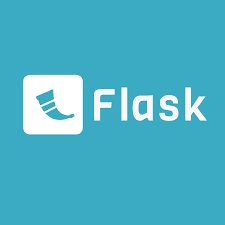Introduction:
Prerequisites:
Before we start, ensure you have Python and pip installed on your machine. You can install Flask using the following command:
pip install flask
Step 1: Setting Up Your Flask Project
Create a new directory for your project and set up a virtual environment:
mkdir flask-restful-api cd flask-restful-api
python -m venv venv
Activate the virtual environment:
venv\Scripts\activate
Step 2: Creating the Flask Application
Create a file named app.py and set up a basic Flask application:
from flask import Flask
app = Flask(__name__)
if __name__ == '__main__': app.run(debug=True)
Run the application:
python app.py
Visit http://127.0.0.1:5000/ in your browser to ensure the app is running.
Step 3: Setting Up Routes
Define routes for your API in app.py:
Step 4: Implementing Authentication
Add basic authentication using Flask's flask_httpauth extension. Install it first:
Update app.py to include authentication:
Step 5: Data Validation
Implement data validation using Flask's request object:
Conclusion:
Congratulations! You've successfully built a basic RESTful API with Flask, covering routing, authentication, and data validation. This is just the beginning – you can now expand and enhance your API based on your application's requirements. Flask's flexibility and simplicity make it a powerful choice for developing RESTful APIs. Feel free to explore additional features and optimizations to take your API development skills to the next level.





0 Comments